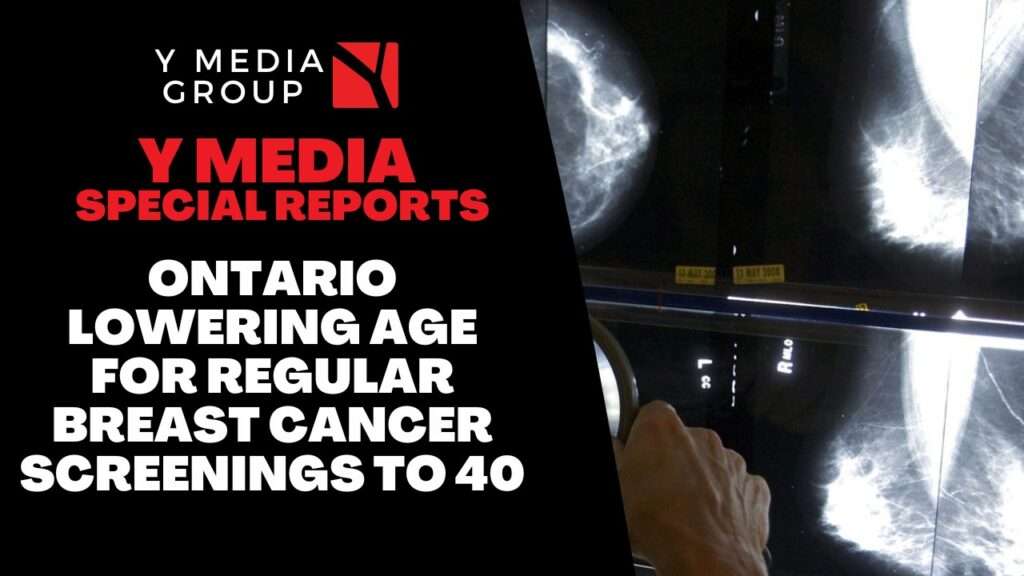The Ontario government is connecting significantly more people to breast cancer screening by lowering the eligibility age of self-referral for publicly funded mammograms through the Ontario Breast Screening Program from 50 to 40 beginning in fall 2024.
This historic expansion will help more than 305,000 people connect to important screening services to detect and treat breast cancer sooner. It is estimated that this will add an additional 130,000 mammograms that can be completed per year.
“Nearly 12,000 women are diagnosed with breast cancer each year, and we know early detection and increased access to care saves lives,” said Sylvia Jones, Deputy Premier and Minister of Health. “That is why our government is taking this important step today to expand the Ontario Breast Screening Program to connect more than 305,000 additional people to the services they need to ensure timely diagnosis and access to treatment as early as possible.”
Research has shown that regular screening, including mammography can help detect breast cancer before it has the chance to spread. By lowering the age of self-referral for mammograms, eligible Ontarians aged 40-49 who don’t have a primary care provider will be able to connect to screening more easily by self-referring through any OBSP site. It also encourages more woman to have conversations with their health care provider about their risk factors and benefits of screening to determine if it is right for them.
“Expanding screening for breast cancer is another step we’re taking to build a more connected and convenient health care system,” said Peter Bethlenfalvy, Minister of Finance. “The people of this province can have confidence as our government moves ahead with our responsible and targeted approach to building a strong Ontario, that we will continue to provide better services for you and your family.”
As part of Your Health: A Plan for Connected and Convenient Care, the Ontario government is connecting more people to the services they need, when they need it. Over the coming months, OBSP sites will prepare for this expansion by increasing capacity and working with the Ministry of Health to develop a public reporting tool that allows people to view appointment wait times across the province.
Quick Facts
- The OBSP performs approximately 700,000 mammograms each year in Ontario.
- Screening is offered at 241 OBSP sites across the province. Find a screening centre near you.
- When found early, many people survive breast cancer, with a 100 per cent, five-year relative survival rate for those diagnosed at stage 1. However, the survival rate drops to less than 30 per cent for those diagnosed at stage 4. Early detection is critical.
- With Your Health, the Ontario government invested $18 million in community and surgical diagnostic centres last year to add over 49,000 hours of MRI and CT scans and over $39 million to add 49 new MRI machines in 42 hospitals across the province.
- Through the $61 million investment to expand the Learn and Stay grant, and with new As of Right rules, the province is historically growing the health care workforce, adding new nurses and medical laboratory technologists for years to come.

